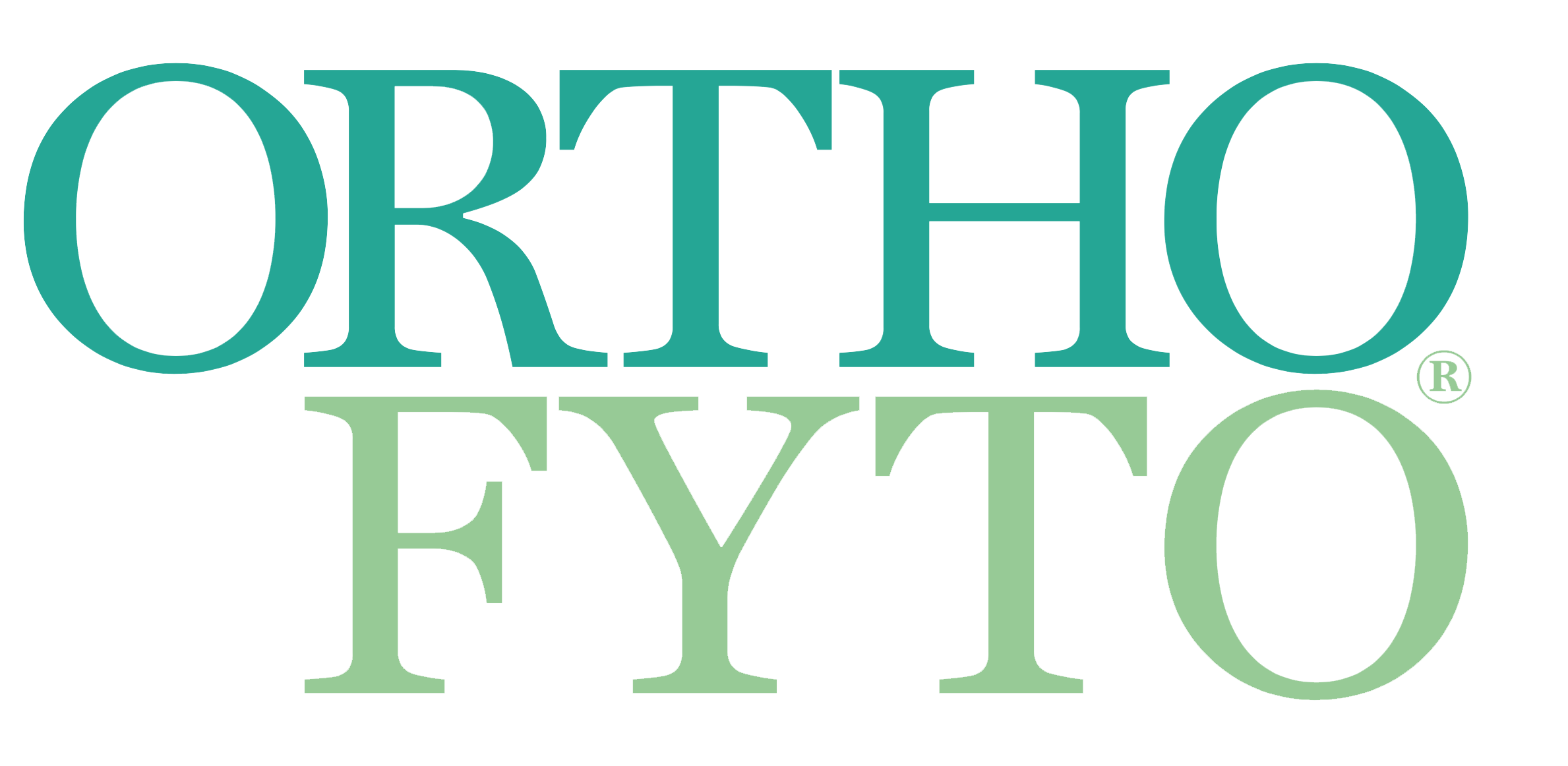Het probleem met de octopus paracetamol
13 Apr, 2017
Door: Gabriël Devriendt
In mei 2014 stond op de cover van het wetenschappelijk tijdschrift ‘The New Scientist’ een artikel met de titel: ‘The Dark Side of Paracetamol’. Eigenaardig te horen dat er problemen zijn met de meest, zonder voorschrift, verkochte pijnstiller. Voor een relatief groot aantal mensen is paracetamol zelfs een dagelijks gebruikt ‘geneesmiddel’. Blijkbaar zijn maar weinig mensen op de hoogte van de mogelijke problemen van paracetamol.1
Over welke problemen gaat het hier? Paracetamol, ook bekend als ‘acetaminophen’ (of onder de merknamen zoals Tylenol, Dafalgan, Panadol), wordt algemeen gebruikt als eerstekeusbehandeling van elke vorm van pijn en koorts. Paracetamol wordt namelijk als veilig bestempeld, doordat het niet de bijwerking van verhoogde kans op maagbloeding heeft, zoals bijvoorbeeld de pijnstillers ibuprofen2 en aspirine3. Bij zwangerschap worden deze laatste ook vermeden, wegens hun mogelijk verhoogd risico op hartafwijkingen4, waardoor paracetamol de voorkeur krijgt. In het artikel van de New Scientist wordt gesteld dat langdurig gebruik van paracetamol evengoed de maag kan beschadigen en dat het nauwelijks beter werkt dan een placebo. Lees het gehele artikel vanaf pagina 30 in OrthoFyto 2/17. Wilt u het hele artikel als PDF ontvangen? Bestel het dan hier voor € 3,50 Bronnen: 1. New Scientist 31 mei 2014 en Ann Rheum Dis. 2016 Mar;75(3):552-9. 2. High Doses Of Ibuprofen Cause Significant GI Bleeding, Despite Safety Profile November 1, 2005 American 3. Multidiscip Healthc. 2014; 7: 137-146. Gastrointestinal ulcers, role of aspirin, and clinical outcomes: pathobiology, diagnosis, and treatment. 4. www.drug.com: Use of nonsteroidal anti-inflammatory drugs during the third trimester of pregnancy should be avoided due to effects on the fetal cardiovascular system (closure of the ductus arteriosus. In addition, high doses have been associated with increased perinatal mortality, intrauterine growth retardation, and teratogenic effects). 5. Annals of the Rheumatic Disease vol 70, p. 1534. 6. Efficacy and safety of paracetamol for spinal pain and osteoarthritis: systematic review and meta-analysis of randomised placebo controlled trials, Gustavo C Machado et al. BMJ 2015:350:h1225. 7. Da Costa BR et al. Effectiveness of non-steroidal anti-inflammatory drugs for the treatment of pain in knee and hip osteoarthritis: a network meta-analysis, Lancet 2015 doi:10.1016/S0140-6736(16)30002-2. 8. PACE - The first placebo controlled trial of paracetamol for acute low back pain: design of a randomised controlled trial, Christopher M Williams et al. BMC Musculoskeletal Disorders2010. 9. Death from paracetamol overdose despite appropriate treatment with N‐acetylcysteine, Emerg Med J. 2007 May; 24(5): 1-2. 10. Toxicity:epidemiology, prevention and costs tot he health-care system, QJM volume 95, number 9. 11. Staggered overdose pattern and delay to hospital presentation are associated with adverse outcomes following paracetamol-induced hepatotoxicity, Br.J.CL. PHarmac. 73:2/285-294. 12. Darren G., N. Craig, et al. 6 January 2012 Volume 73, Issue 2 British Journal of Clinical Pharmacology February 2012, Pages 285-294. 13. Am J Kidney Dis. 2005 Jul;46(1):143-6. Humphreys BD. Acetaminophen-induced anion gap metabolic acidosis and 5-oxoprolinuria (pyroglutamic aciduria) acquired in hospital.(13) Paracetamol in pregnancy linked to increased autism, ADHD risk international Journal of Epidemiology 2016. 14. Geier et al. A prospective study of transsulfuration biomarkers in autistic disorders. Neurochem Res. 2009; 34(2):386-93. (15) James SJ et al. Abnormal transmethylation/ transsulfuration metabolism and DNA hypomethylation among parents of children with autism. J Autism Dev Disord. 2008; 38(10):1966-75. 15. Glutathione, glutathione-dependent enzymes and antioxidant status in erythrocytes from children treated with high does paracetamol. Eran Kozer J cl Pharmacolog. 55, 234-240. 16. Association of acetaminophen use during pregnancy with behavioral problems in Childhood. Jama Pediatr, Oct 2016 (17) Lee SS et al. Role of CYP2E1 in the hepatotoxicity of paracetamol, J Biol Chem, 1996;27(20):12063-7. 17. 2016 ,doi:10.1093 18. Disability-analysis of State Reports, reviewed by the Committee of the Rights of the Child international, Disability Alliance 2010:8. 19. Nature Neuroscience volume 7, nummer 6, juni 2004. 20. Fetal exposure to prescription drugs and adult sexual orientation. (LEE ELLIS & JILL HELLBERG / Personality and Individual Differences v.38, i.1, 1 jan. 2005. 21. Etminan M, et al. Acetaminophen use and the risk of asthma in children and adults: a systematic review and metaanalysis. Chest 2009; 136(5):1316-23. 22. Prenatal paracetamol exposure and risk of asthma and elevated immunoglobulin E in childhood. Cl. Exp Allergy 2005;5(1):18-25. 23. ‘Long-Term Use of Acetaminophen, Aspirin, and Other Nonsteroidal Anti-Inflammatory Drugs and Risk of Hematologic Malignancies: Results From the Prospective Vitamins and Lifestyle (VITAL) Study.’ Roland B. Walter, Filippo Milano, Theodore M. Brasky, and Emily White. Journal of Clinical Oncology, 9 May 2011. 24. Clinical pharmacology of analgesic medicines in older people: impact of frailty and cognitive impairment. Br J Clin Pharmacol. 2011 Mar; 71(3): 351-364. 25. Paracetamol?: A systematic literature review of observational studies. Roberts et al. BMJ Ann (22) Rheum Dis 2015 0:1-8. 26. Journal of Restorative Medicine, Volume 2, Number 1, 1 October 2013, pp. 14-29. 27. Jacob WS, Appleton J. MSM: the definite guide. A comprehensive review of the science and therapeutics of methylsulfonylmethane. Topanga, CA. Freedom Press, 2003. 28. Usha PR, Naidu MU. Randomised, doubleblind, parallel, placebo-controlled study of oral glucosamine, methylsulfonylmethane and their combination in osteoarthritis. Clinical Drug Investigation. 2004;24(6): 353-63. 29. Kim LS, Axelrod LJ, Howard P et al. Efficacy of methylsulfonylmethane (MSM) in osteoarthritis pain of the knee: a pilot clinical trial. Osteoarthritis Cartilage. 2006;14(3):286-94. 30. Curcumin: a new paradigm and therapeutic opportunity for the treatment of osteoarthritis: curcumin for osteoarthritis management, Yves Henrotin et al. Springerplus. 2013; 2: 56. 31. J Altern Complement Med. 2003 Feb;9(1):161-8. Safety and anti-inflammatory activity of curcumin: a component of tumeric (Curcuma longa). Chainani-Wu N1. 32. Indian J Pharm Sci. 2011 May-Jun; 73(3): 255-261. Boswellia Serrata, A Potential Antiinflammatory Agent: An Overview, M. Z. Siddiqui* 33. Chopra A, Lavin P, Patwardhan B, Chitre D. Randomized double blind trial of an Ayurvedic plant derived formulation for treatment of rheumatoid arthritis. J Rheumatol. 2000;27:1365-72.